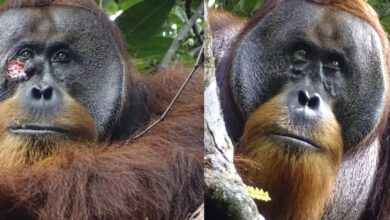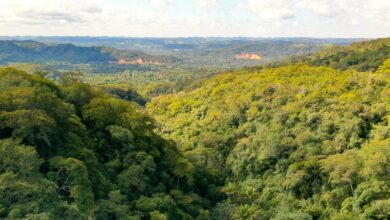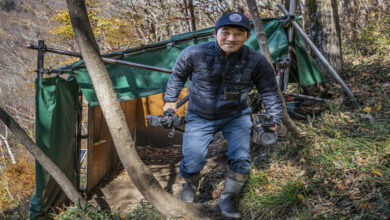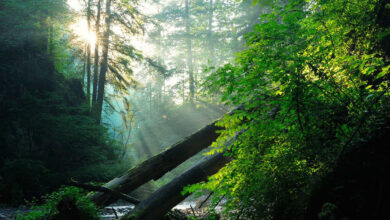
Pico Humboldt glacier, Venezuela. Photo Credit: Karl-Heinz Raach/Redux
Environment VenezuelaSilver Lining: Melting Glacier Reveals Signs of New Life
The second highest peak in Venezuela has become the unlikely terrain for a team of scientists to discover in almost real-time how life emerges in deserted areas of the world.
The Pico Humboldt glacier is offering a rare and unique setting to study primary succession, a process that studies how life emerges in lifeless terrains since its eternal snow is melting away.
“[We’re] witnessing exactly the moment when these things change from one status to the next. This is very special,” says Alejandra Melfo, a particle physicist at the University of Andes. “Seldom that you can see things at the geological scale happening in front of your eyes.”
Melfo’s team – which includes a botanist, an ecologist, and a lichenologist – made three trips to the glacier since 2019. They recorded how new life colonized the landscape and the interactions between the plants, mammals, mosses, and lichen. The glacier and its retreat were used as a time machine: “As you move away from the glacier, you’re traveling into the past,” says Luis Daniel Llambí, an ecologist at the University of the Andes and the Consortium for Sustainable Development of the Andean Ecoregion, who coordinated the research expedition. They found 47 species of lichens and six species of mosses never found in Venezuela.



